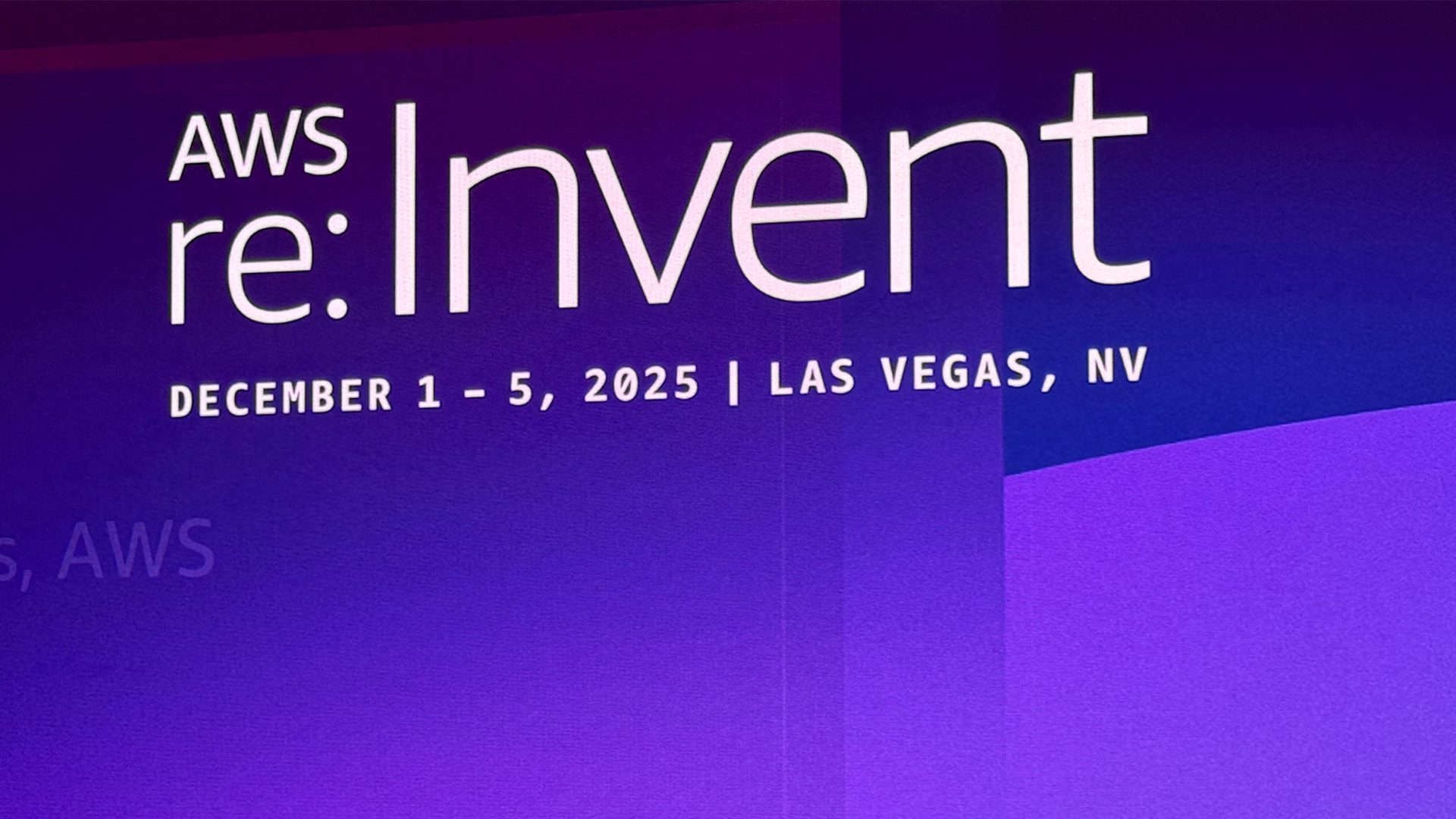IBM unveils new programming language for Synapse processors
Brain-like technology needs new software to run it.


IBM has updated its plans to create a computer system that mimics the human brain.
The Systems of Neuromorphic Adaptive Plastic Scalable Electronics (SyNAPSE) project, will try to carry out tasks that the brain finds easy but are difficult for computers.
The project involves IBM researchers working alongside Cornell University and Inilabs. The latest stage will involve devising a programming language with $53 million in funding from the Defense Advanced Research Projects Agency (DARPA).
We need augmentation, a symbiotic relationship with our machines - a partnership if you will - to help us cope and prosper as we go into the future.
IBM said that the new programming model " breaks the mold of sequential operation underlying today's von Neumann architectures and computers. It is instead tailored for a new class of distributed, highly interconnected, asynchronous, parallel, large-scale cognitive computing architectures."
Dr Dharmendra Modha, principal investigator and senior manager at IBM Research, said: "Architectures and programs are closely intertwined and a new architecture necessitates a new programming paradigm."
He added: "We are working to create a Fortran for synaptic computing chips. While complementing today's computers, this will bring forth a fundamentally new technological capability in terms of programming and applying emerging learning systems."
Work on the project will focus on refining the programming language for the SyNAPSE chip architecture first revealed by IBM in 2011. IBM has devised support technologies within the programming cycle to enable the new model.
Sign up today and you will receive a free copy of our Future Focus 2025 report - the leading guidance on AI, cybersecurity and other IT challenges as per 700+ senior executives
These include a simulator comprised of a network of neurosynaptic cores; a neuron model that forms a fundamental information-processing unit of brain-like computation and a programming model based on reusable building blocks called corelets,' each representing "blueprint of a network of neurosynaptic cores that specifies a based-level function".
There is also a program library, which stores more than 150 corelets. IBM has created a curriculum, dubbed a "laboratory" that will encompass information on applications, architecture, chip simulation, programming language and prototype design models.
The long-term goal of the project is to build a system with 10 billion neurons and one hundred trillion synapses, while consuming merely one kilowatt of power and occupying less than two litres of volume.
Analysts said that such projects have outclassed humans in all forms of games - such as IBM's project Watson - and are now moving up the scale of medicine to displace doctors in fundamental diagnosis, treatment choice and aftercare.
Such systems still lack instinct, intuition, emotion, compassion, cognition and the very qualities that we associate with biological entities but would be necessary for humanity to continue and develop, according to Peter Cochrane, ex-CTO of BT and currently a futurologist and analyst at Cochrane Associates.
"We are trying to deal with an increasingly complex and chaotic world with biological brains that are fundamentally unsuited to the task. We can only deal with three to five variable/topics/tasks at a time yet we live in a world where we are often faced with hundreds at the same time," he said.
"We therefore need augmentation, a symbiotic relationship with our machines - a partnership if you will - to help us cope and prosper as we go into the future."
He added that humanity would be unlikely to survive without such a relationship.
Rene Millman is a freelance writer and broadcaster who covers cybersecurity, AI, IoT, and the cloud. He also works as a contributing analyst at GigaOm and has previously worked as an analyst for Gartner covering the infrastructure market. He has made numerous television appearances to give his views and expertise on technology trends and companies that affect and shape our lives. You can follow Rene Millman on Twitter.
-
 AWS targets IT modernization gains with new agentic AI features in Transform
AWS targets IT modernization gains with new agentic AI features in TransformNews New custom agents aim to speed up legacy code modernization and mainframe overhauls
-
 HSBC partners with Mistral to fuel bank-wide generative AI adoption
HSBC partners with Mistral to fuel bank-wide generative AI adoptionNews The multi-year, strategic partnership will focus on transforming a range of services and tasks from customer-facing to fraud detection and more
-
 Using an older version of Python? You’re leaving ‘money and performance on the table’ if you don’t upgrade – and missing out on big developer efficiency gains
Using an older version of Python? You’re leaving ‘money and performance on the table’ if you don’t upgrade – and missing out on big developer efficiency gainsNews New research from JetBrains shows a majority of enterprises are using a version of Python that’s a year or more older – and it's having a big impact on efficiency and performance.
-
 ‘It’s far from showing its age’: Java might’ve just turned 30, but it’s still going strong and here to stay
‘It’s far from showing its age’: Java might’ve just turned 30, but it’s still going strong and here to stayNews With Java celebrating its 30th anniversary, we look at the rise of the programming language and what the future holds.
-
 Python’s popularity shows no signs of fading – here’s why software developers love it
Python’s popularity shows no signs of fading – here’s why software developers love itNews Python remains highly popular among developers for a number of key reasons, experts told ITPro.
-
 Oracle Java pricing concerns could spark a developer exodus
Oracle Java pricing concerns could spark a developer exodusNews Oracle Java users have raised concerns over pricing, with many considering switching to open source options.
-
 Want a return on your AI investment? Open source could be the key to success
Want a return on your AI investment? Open source could be the key to successNews Organizations using open source AI tools are more likely to report a return on investment
-
 Python just brushed past JavaScript to become the most popular programming language on GitHub – and a key factor is that AI developers love it
Python just brushed past JavaScript to become the most popular programming language on GitHub – and a key factor is that AI developers love itNews The meteoric rise of Python shows no sign of stopping
-
 IBM just open sourced these generative AI coding models
IBM just open sourced these generative AI coding modelsNews IBM has open sourced models trained on code written in 116 programming languages - and it could make life a lot easier for enterprise developers
-
 JupyterLab review: A powerful tool for documenting your data science journey
JupyterLab review: A powerful tool for documenting your data science journeyReviews Literate programming toolkit takes dynamic code documents to new heights
